- Horses in the kiln
- Cultural celebration day children’s clay workshop 2
- Cultural celebration day children’s clay workshop
The landmasses of India and Western Australia were once physically connected. I remember being amazed at the similarities between the granite and schist boulders of the Western Australian landscape to that of India when I visited the sub-continent as a callow and culture-shocked young man in 1984. This dimly remembered resonance between the two places, my memories and my simplistic understanding of Hindu mythology at the time have become clearer and richer now because of being involved in a cross-cultural project titled “Vahana: Vehicle of the Gods”. This was an undertaking by the Mundaring and Midland Junction Arts Centres in Western Australia developed by the inspirational Jude van de Merwe, Chair and the indomitable Jenny Haynes, Director, in 2017. The project was part of “The Habits of Horses” a broader programme that invited the community to celebrate and explore the human relationship with horses.
Having a theme and focus related to the form and symbolism of the horse was inspirational and has had lasting impact beyond initial expectations. I was contracted to run a ceramic sculpture workshop and suddenly equine sculpture, a field of artistic endeavour I was only faintly familiar with, came to the forefront of my mind. A trip to China, careful study and documentation of the superb and expressive Tang dynasty with their flaring nostrils, aggressive physiognomies and fluid sancai three coloured glazes particularly inspired me. I had also previously experienced the Entombed Warrior’s horses in Xian first hand although had not paid as much attention to the horses as I had the figures. Through Internet research, I also learnt about Western traditions of equestrian sculpture such as that of Marcus Aurelius, Renaissance examples, more contemporary realist works by equine specialists including Herbert Haseltine and Douwe Blumberg, and modernist abstracted horses by such artists as Mario Marini and the Bitossi works from Italy.
Of particular interest, however, were Indian votive horses. Not only because of their beauty, symbolism and gigantic scale but also because my workshop coincided with a residency by Kasirajan Subbaiah, a senior potter from Aranthangi village in Tamil Nadu. The residency was organized to overlap with a photographic exhibition that focused on a number of festivals in southern India and featured him and his family of potters. The colourful images contextualized both the technical, spiritual and community endeavours involved in the annual fabrication and ritualistic celebration of these mammoth icons.
In Aranthangi, daily life is annually interrupted so as to focus on religious communal activities in order to communicate with the divine beings that exist in unseen worlds. Temple worship, rituals, sacraments and personal devotionals create a communion with these devas and the world of gods. During the celebrations, community groups constitute, renew, and reinforce their identity and undergo a cathartic release. Central to this event is the ceremonial conveyance of one of the giant painted terracotta horses made by Kasirijan and his family by up to 60 devotees. It is carried through the streets for up to eight kilometres to the town gates where it joins other horses from previous year’s festivals. The horse acts as a symbolic sentinel and guardian entry statement and thereby blesses the village with power, prosperity and protection for the year to come. The horses, some over six metres tall, are in various stages of slowly weathering back into the earth, and make manifest a central Hindu belief that the universe undergoes endless cycles of creation, preservation and dissolution.
Aranthangi’s community of potters spends six months making pots for domestic use and the other six constructing idols including ceramic cows, bulls, sculptures of deities as well as the emblematic vahana horses. The fabrication of religious objects has increased, as there is less demand for their traditional wares as plastic and metal have usurped them in the local marketplace.
All gods in the Hindu pantheon have a vahana or vehicle or “mount”, for example, Shiva’s vahana is Nandi the bull, Vishnu’s the eagle Garuda and Ganesha the bandicoot rat or mouse. The vahana is often worshipped because it is an intermediary between the esoteric and otherworldly space of the gods and the lived world of human ritual and prayer. Thus vahanas are more connected to the worshipper and more associated with daily life. The vahana also increases the god’s power through their association. The horse is the vahana of the god Aiyanar, the son of Shiva, the destroyer, and Mohini, a female avatar of Vishnu, the preserver. For the Hindus of Tamil Nadu, Aiyanar has come to symbolise a connection with the annual agrarian cycle of planting, growth and harvest. The horse or kuthirai has been chosen as the kula deviyam or “clan god” in Aranthangi, because it allows devotees to present the god with a means of singular and powerful transportation. The horse, whilst rare in this part of India, is the chosen sacred vehicle for Aiyanar because it enables the god to make his nightly patrols around the village and keep it safe. This choice is peculiar to a small number of villages; elsewhere in Tamil Nadu and the states of Karnataka and Kerala, he is known to ride an elephant. Such choices are based on cultural traditions, community and regional practices, and local interpretations of the Veddahs, the sacred Hindu texts.
Having a traditional potter from South India come to work with the community in Western Australia provided a number of challenges. Kasirajan speaks little English and had never travelled on an aircraft. His visa was initially refused by the Department of Home Affairs and was only finally granted after numerous prolonged telephone conversations with government officials and embassy staff as well as a special appeal to the State Director-General for Culture and the Arts and the Australian consulate in India. Customs officials in Australia also had difficulty with allowing some sisal fibres used for reinforcing clay to enter the country.
The Tamil Association of WA, under the leadership of President Dr Selvarajah Marimuthu, was extraordinarily enthusiastic in its acceptance of the invitation to be involved in the project and provided support, accommodation, transport and interpreters to assist in communications with Kasirijan. His residency was for a period of two weeks and provided the local Australian community an insight into the traditional skills and techniques involved in constructing large-scale ceramic sculptures and an awareness of the world of Hinduism and votive sculpture. For local Tamils and people of Indian origin in general, it was a living example of their culture operating in Western Australia.
Kasirajan commenced each working day with a puja or Hindu prayer ritual so as to offer blessings and reverence for the enterprise and to ensure things went well. Lee Woodcock, a local wood fire potter, acted as his assistant. They formed a strong bond despite having little language in common yet were able to communicate on an almost intuitive level through their knowledge of clay and craft. Lee helped prepare clay for Kasirajan and make him comfortable as the work progressed in spring conditions that were, for someone coming from the heat of South India, decidedly chilly.
- Final touches
- Kiln foundations. Steven McCoy and Bernard Kerrjpg
- Blessing the kiln before firing
- Surveying the kiln site before construction with Karirajanjpg
- Kiln offerings.
- Horses in the kiln
- Inside the kiln 1_11_17
- Kasirijan coiling
- The author inside the kiln frame
Due to space restrictions and simple logistics, it was decided to construct two 2.3 metre horses rather than the initially intended one horse at four metres in height. Kasirajan uses skills and knowledge developed making domestic water jars and cooking pots when making these horses. The sculptures are thus thin and lightweight so they may be readily transported. Traditionally, the clay used to make vahana horses is terracotta mixed with rice husks. We estimated that up to 400 kilos of clay would be required with the addition of 40 kilos of rice husk. Coming by a large quantity of rice husks proved impossible so we opted for using commercially prepared terracotta paper clay. In retrospect, this clay was not the best choice as it was prepared from raw milled ingredients, lacked plasticity and, unfortunately, tended to crack readily. Kasirajan persevered with the unknown clay body although it proved to be problematic throughout the entire process. His working method commenced with the construction of the legs of the animals that were basically large tubular cylinders made using a coil and paddle technique. To compress the clay as he worked he used a rounded domed stone “anvil” that had been passed down through generations of Aranthangi potters. Kasirajan’s family has been making such horses for over 300 hundred years and such tools held spiritual power accrued through their ritual use over such a long period of time. Using the anvil on the interior of the form, he paddled the exterior using a wooden mallet so the clay particles became aligned with each other in a compressed laminate. Each stage needed to dry somewhat to gain strength before another sequence of coils were added and paddled. This process required careful judgement so the previous day’s work would not slump or buckle from the added weight of the new coils on top; much also depended on the weather to achieve the correct level of dryness. It was a rhythmic process that illustrated a deep knowledge of technique and material. Wooden struts were added to support belly and neck as they were gradually coiled to form the beast. Such vahana horses are abstracted and simplified representations of a horse and possess a particular style that is individual to each potter. Kasirajan’s horses have straight legs and an imposing arched neck that gives the creature a proud and equanimous quality. Its power and nobility are expressed through imposing forequarters and the elision of forms in the subtle sinuous curved neck and projecting chest. The most realistic part of the horse is the head that presents flaring nostrils, teeth, and ears and detailed bulging eyes. The horse’s tack was simply expressed with coiled additions of a rudimentary saddle, bridle and headstall and ceremonial bells on a breast collar. Whilst constructing the two horses, Kasirajan also fabricated a number of ceramic sculptures of Ganesha and Shiva as he waited for the clay to dry on the larger works. The construction of Ganesha is instructive as he is the god known as the “obstacle remover” and his role as a deity is calming and to make any undertaking proceed smoothly.
The completed horses and conclusion of Kasirajan’s residency was celebrated in a swirl of brightly coloured saris, Indian dancing, children’s clay workshops and a ritual dedication of the vahanas in a Cultural Celebration Day that attracted 600 people.
Having two 2.3 metre horses provided us with a quandary in terms of how to fire them. Traditionally, the works are fired in a large semi-circular enclosure in which the horse is placed and then covered in a layer of terracotta traditional cooking vessels interwoven with rice straw and pieces of wood. A firebox is then constructed and the entire structure covered with a layer of clay slurry and rice straw. The work is wood fired over two days and reaches temperatures of approximately 800-900 degrees Celsius. Whilst the clay is changed from clay to ceramic in the process, the firing is uneven and results in a soft biscuit that eventually erodes back into the earth. Due to fire and smoke restrictions, it was decided that this method was unsuitable for our context but, perhaps on a different level, it exemplified the cultural differences between that of the Hindu community in Tamil Nadu and that of our more western frame of mind. In Hindu culture, the ritual of making is the manifestation of the central beliefs of creation, preservation and destruction as exemplified by the three main manifestations of Brahman, the ultimate and unknowable supreme deity: Brahma, Vishnu and Shiva. Such cosmic cycles are central to these practices and it is deemed necessary to continually make a new votive sculpture as an offering whilst those constructed previously are allowed to erode and decay. It is the ritual of the making that is more important than the product and its “newness” central to its meaning. In the West, we tend to value permanence and ownership and thus, the product of artistic effort is generally aimed to be kept for perpetuity.
We therefore decided to fire to a much higher temperature in order to correctly mature the earthenware clay body but I also think, in some way, to demonstrate our superior ceramic technology and knowledge of clay, kilns and firing.
Consequently, a group of volunteers set about designing and constructing a very large wood-fired kiln on land kindly provided to us at a local winery. Myself, Lee Woodcock and Steven McCoy, another Perth potter, developed a design that consisted of a dense firebrick base with a removable ceramic fibre arched roof so the horses could be installed then the roof placed over the top. Whilst the design appeared simple, its construction proved to be a monumental task. To build such a large kiln and subsequently attempt to move these large and fragile objects over 15 kilometres and then manhandle them into a kiln large enough to accommodate them was not without its moments. In many ways, it became a ritual of belief in not only our Western knowledge of ceramic materials and processes but also in some way how we were intangibly linked to the ancient rituals of Hindu southern India that we had become hazily cognizant of during Kasirajan’s residency. All the effort, the dealing with governmental bureaucracy, organizing clay and materials, the horse workshops and cultural experiences would somehow be wasted if we could not complete and fire this kiln.
Kasirajan’s daily puja and construction of the figurines of Ganesha, the ritual of placing garlands of marigolds over the horses, burning incense and dancing praying to them at the Tamil cultural celebration day all affected the Australians involved in the enterprise, no matter what their cultural background. It seemed, that coming from a ceremonially poor secular culture, that we became hungry for ritual and belief. Building the kiln became our expression of faith and a manifestation of our belief in community, of doing things because they were meaningful without expecting a monetary reward, a conviction to volunteerism and a belief in giving. Construction involved the part time labour of over twenty individuals. It was hot, physically demanding and exhausting. It was beset with anxiety and frustration. After over two months the kiln was finally was complete and we hired a tray-top vehicle, gingerly lifted and very slowly transported the horses to the kiln site. It was at this point that the deficiencies with the clay body began to reappear. A leg cracked and dropped off both horses during installation. Hairline cracks in both forms became evident. It was a bad omen. We installed both of Kasirajan’s horses, his and Lee’s sculptures of Ganesha and Shiva and the horses from my workshop.
- The firing commences
- Ganesha glazes commencing to melt
- Ganesha at top temperature
- Dunted horse
- Kiln builders with the cracked horse Bernard Kerr, Selvarajah Marimuthu, Jude van de Merwe,Lee Woodcock, Jenny Haynes, Jenny Kerr
The lighting of the kiln and the commencement of the two-day firing were preceded by a complex Tamil ritual conducted by Selvarajah Marimuthu following instructions as to the correct blessings conveyed from Kasirajan directly via his mobile telephone in real time from Aranthangi. It involved the burning of incense, offerings of fresh tropical fruit, flowers, lemon and salt. Traditionally an animal such as a chicken is sacrificed and its blood shed on the kiln and offered to the four points of the compass. Cultural sensitivities and political correctness precluded us from following this direction from Kasirajan, and we made do with red food colouring dissolved on the cut lemon. All of us who had been involved in the project were quite deeply affected by this ritual and experienced a considerable flood of emotion. Tears were shed as prayers and blessings were intoned in Tamil and we lit the fire.
By the middle of the next day, the kiln reached a temperature of cone 02 or 1120 degrees Celsius, the specified maturation temperature of the clay body. Peering through the spyholes we could see Ganesha swathed in wreaths of flame as his glaze coating began glowing, then cracked and finally healed into a bright orange gloss as the glass melted and fused to the clay surface.
All looked well until we opened the kiln after two days cooling to discover that our recalcitrant clay had cracked or “dunted” probably because of the expansion and contraction of free silica in the clay body. One horse was cracked all the way through and the other had deep scars on its flank and withers. Such are the realities of firing kilns for the first time and using unknown clay bodies. Whilst one horse was too damaged and was sacrificed to the earth, the sacrificed animal was able to be patched and painted in acrylic paint, the standard “room temperature glaze” for these sculptures. It now faintly bears the scars of its fiery birth and stands sentinel in the grounds of Midland Junction Arts Centre.
Thus the cycle became complete. Kasirajan had made strong Australian friendships and connections, gained status in Aranthangi, grew pride in his vocation, experienced jet travel and the relative quiet and subdued nature of suburban Australia. The Australians had been challenged in our cultural attitudes, been affected deeply by becoming involved in an alien living system of belief and changed through our extensive contact with a talented craftsman and a rich and vibrant migrant community.
More than this perhaps, we had been challenged in our beliefs about value and the meaning of making art and sharing time together for a common purpose. Kasirajan’s vahana really had become a vehicle for a transformative cyclical episode for all of our lives. In the words of Mother Theresa: “There is a tremendous strength that is growing in the world through… sharing together, praying together, suffering together, and working together.”
Author
 Bernard Kerr is a practising artist, largely working in the field of Ceramics. He has been the Curriculum Leader for the Arts and Coordinator for Theory of Knowledge at Scotch College in Perth Western Australia and the Director of Teaching and Learning and Coordinator, Middle School at Binus School, Jakarta, Indonesia. Bernard also works for the International Baccalaureate as a Field Representative and Workshop Leader in Visual Arts and Theory of Knowledge. Currently, he is working in the Technical and Further Education sector, specialising in ceramics. He also runs his own educational consultancy in Perth.
Bernard Kerr is a practising artist, largely working in the field of Ceramics. He has been the Curriculum Leader for the Arts and Coordinator for Theory of Knowledge at Scotch College in Perth Western Australia and the Director of Teaching and Learning and Coordinator, Middle School at Binus School, Jakarta, Indonesia. Bernard also works for the International Baccalaureate as a Field Representative and Workshop Leader in Visual Arts and Theory of Knowledge. Currently, he is working in the Technical and Further Education sector, specialising in ceramics. He also runs his own educational consultancy in Perth.


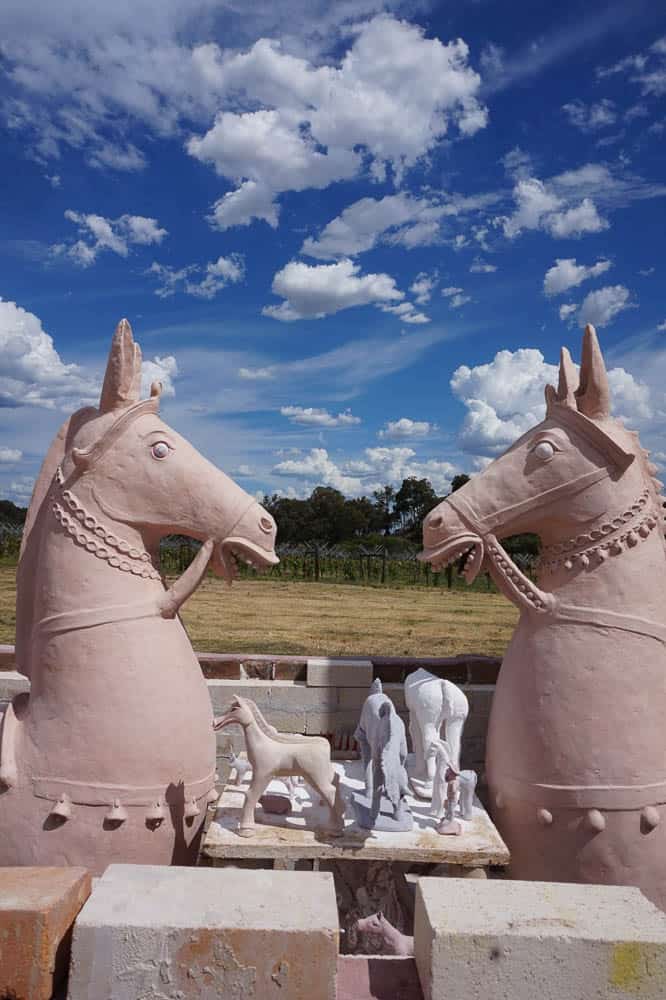
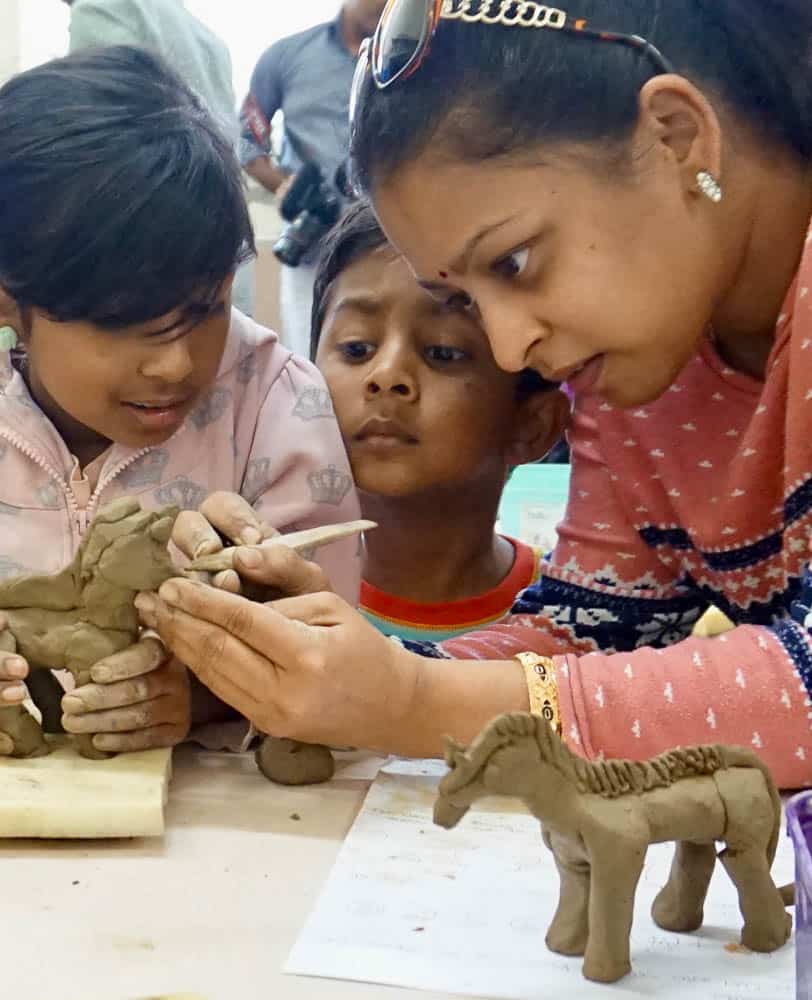
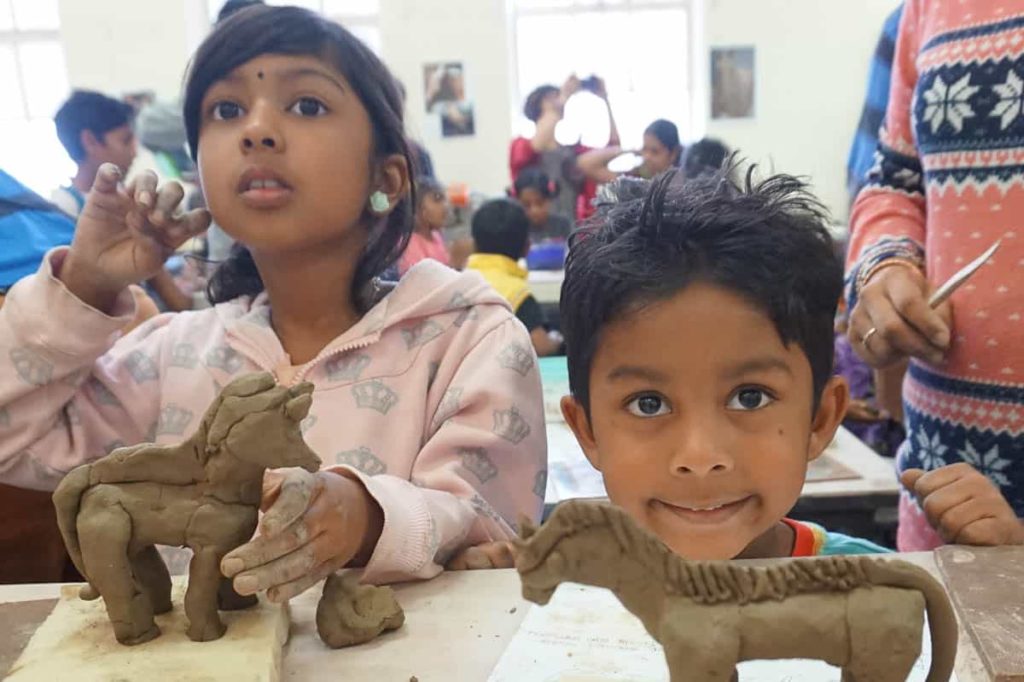

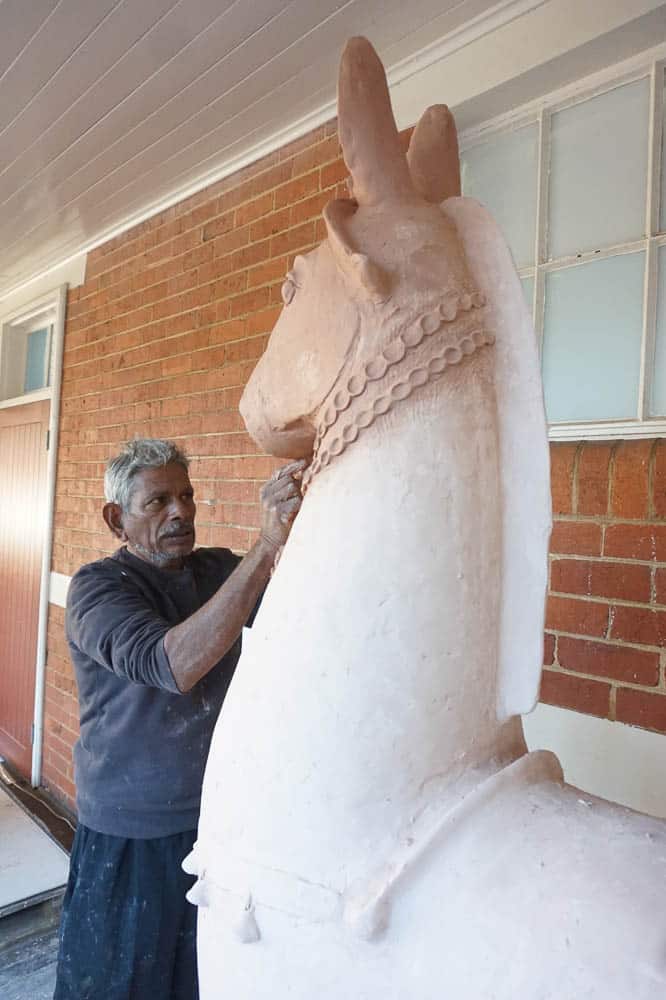
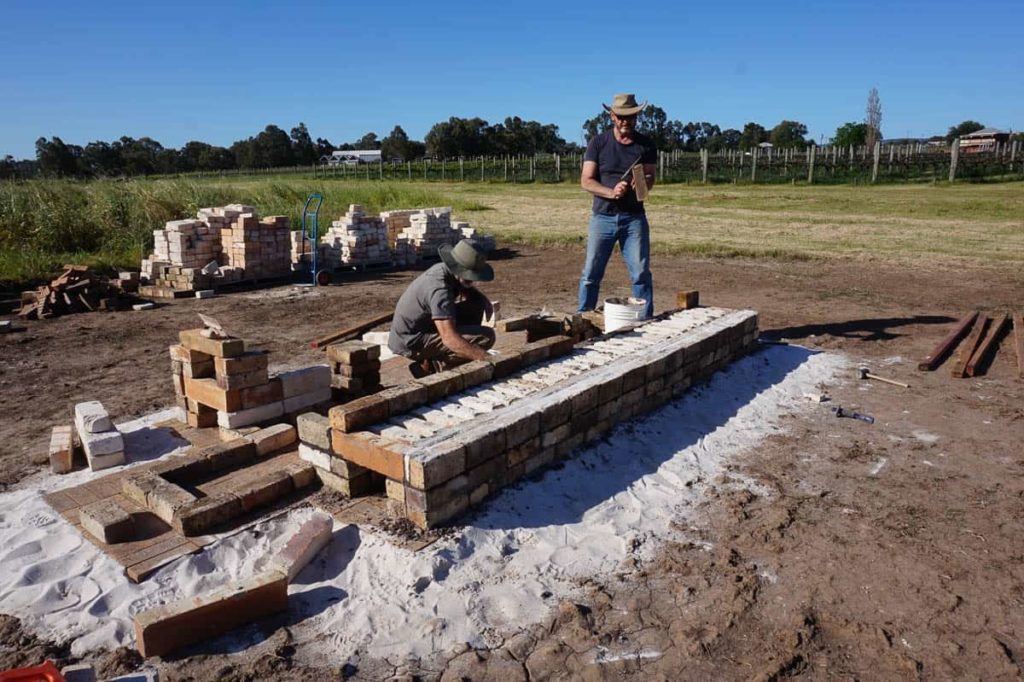

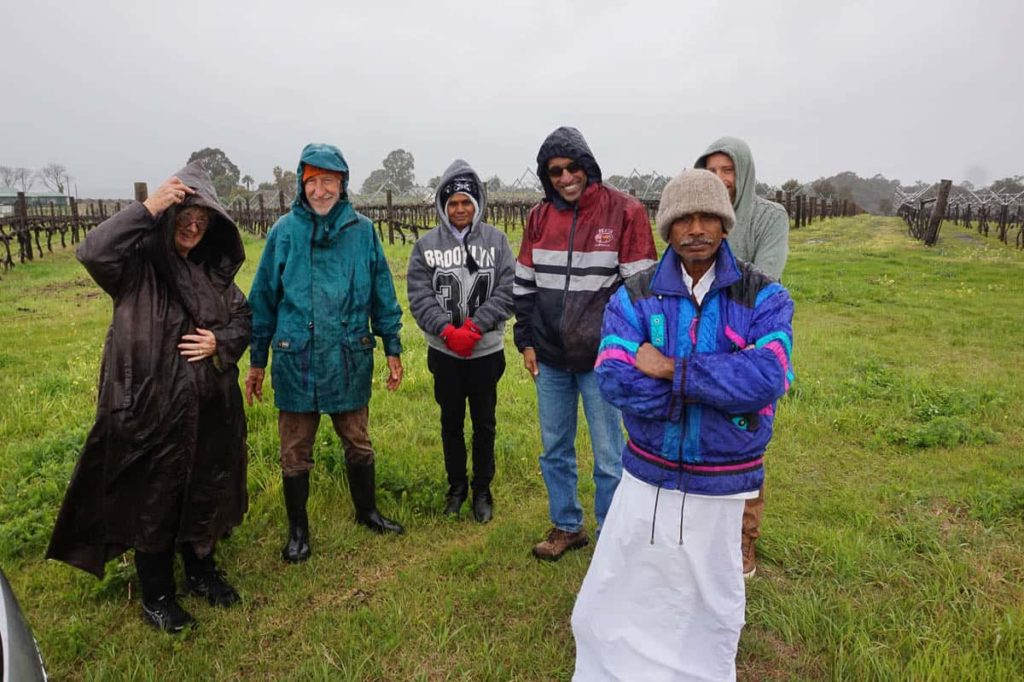
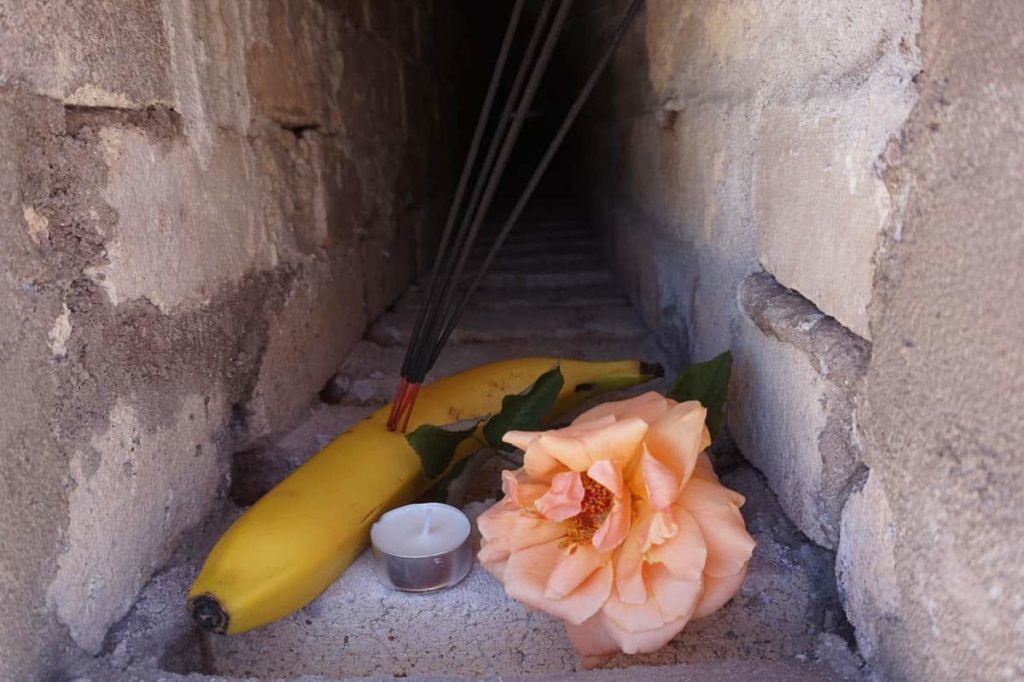
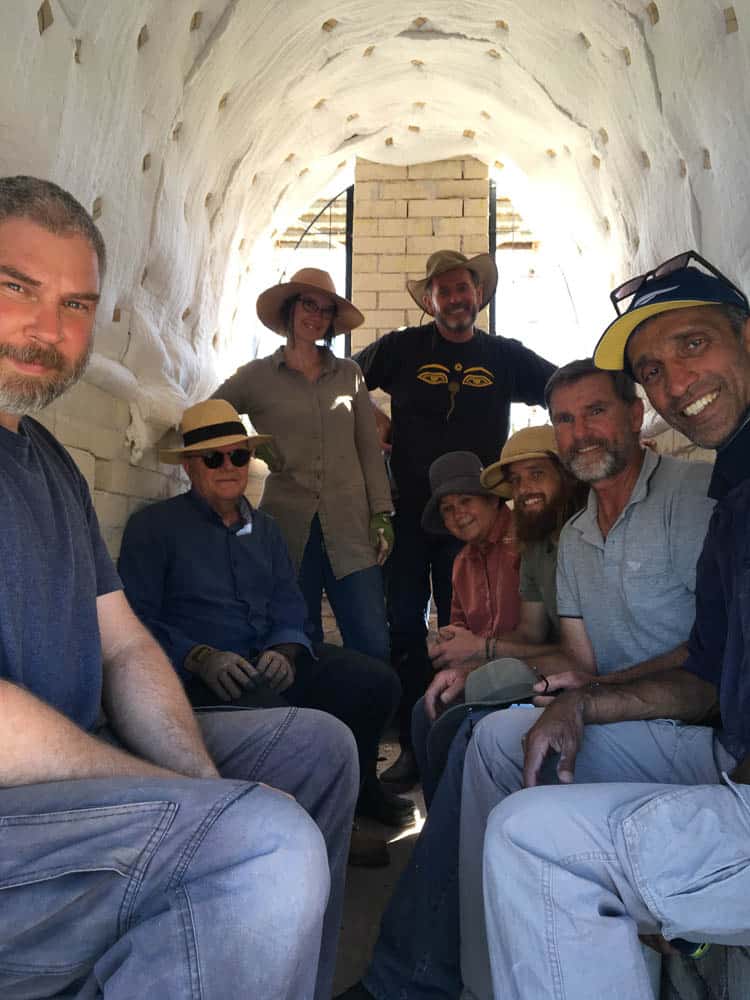


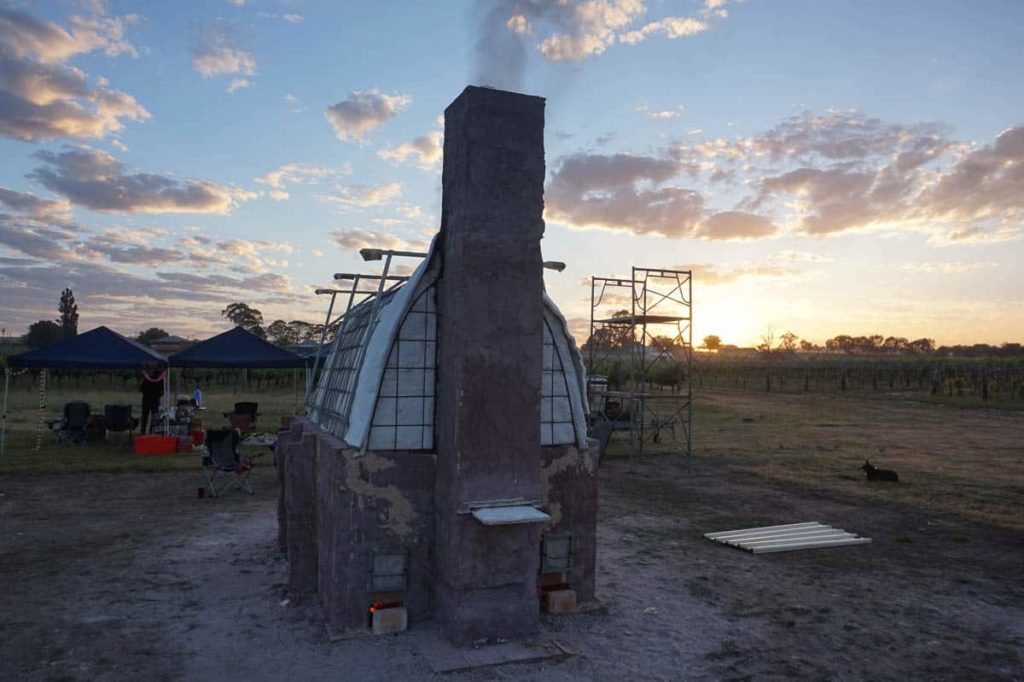
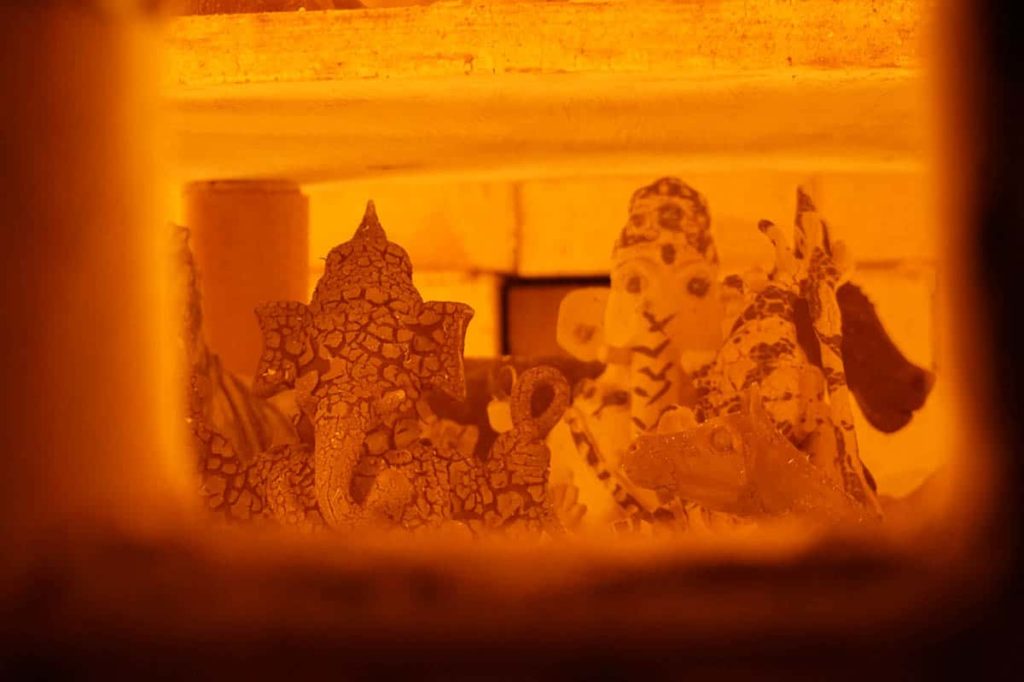
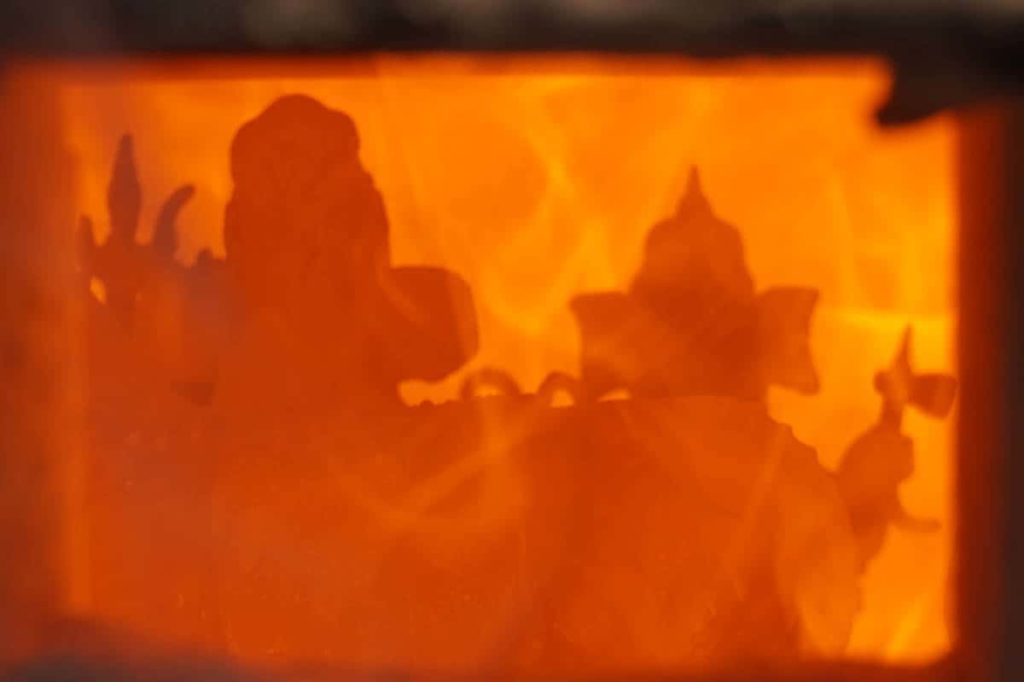


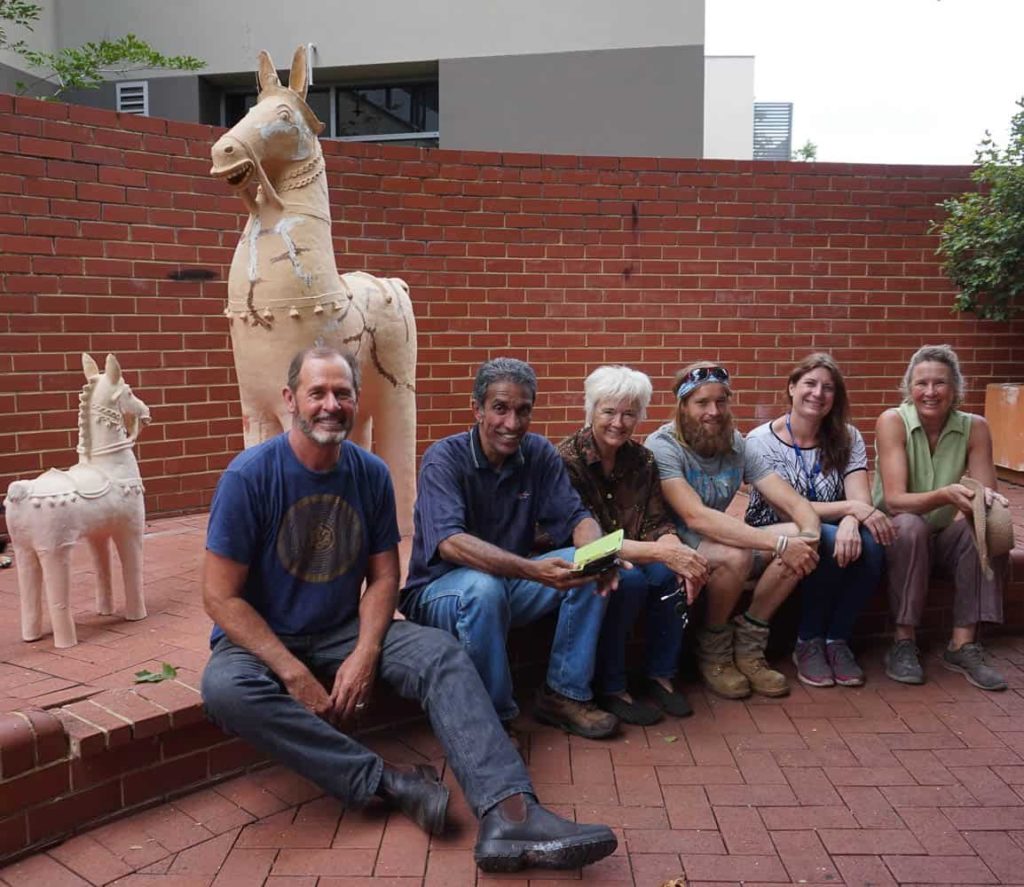

Comments
I have really enjoyed reading the account of this ambitious project. It captured the enigmatic experience that can come from cross cultural connections when communication comes from a deep place of humanity anchored in a shared knowledge of clay.